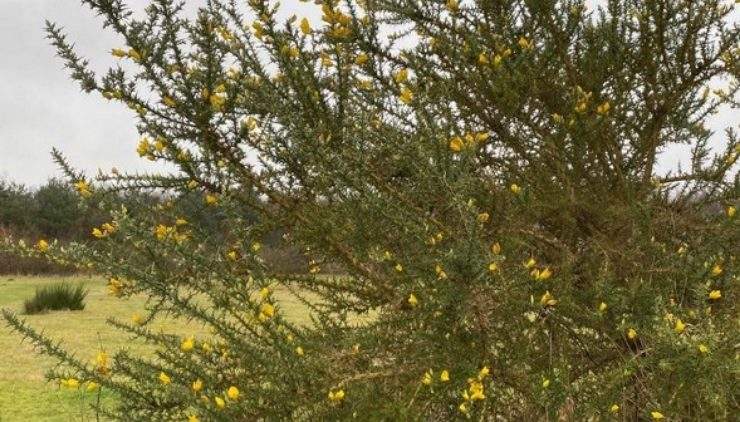Easter Wildlife Blog
- Categories:
- Wildlife
Now with the cooler weather returning butterflies will be keeping a low profile. However not all insects are hidden away and even on a recent chilly day there were still plentiful bumblebees to be seen!
You really know that spring has arrived when you see your first, plump, queen bumblebee. She is all that remains of last year’s colony and has survived the winter underground. The queen is able to fly on cold days when no other insects can be seen because she is able to shiver her flight muscles and is thus able to warm herself to 30oC. This does however take a lot of energy and like a furry hummingbird she won’t survive long without food.
Adders were out on the heath enjoying the warm early spring weather and have now mainly shed their skins and their exquisite marking can be easily seen. The females are the bigger, browner ones and the males are smaller and more silvery grey in colour. They are now a lot more active and are moving around looking for love so they can be harder to spot than when they were newly out of hibernation back in late February and early March.
Most of the winter Migrant birds are now gone from these shores but have been replaced by the early arriving summer visitors. Already Kelling reverberates with the repetitive call of chiff chaffs and the eloquent song of the blackcap.
At this time of year we welcome the song of the chiff chaff as a welcome sign of spring but as the seasons progress we tend to take its somewhat monotonous song for granted! Bluebells are just starting to come into flower but two other woodland species are in full bloom in the woods at Kelling.
The wood sorrel is a pretty, frail looking plant of the shady wooded area and may easily be seen alongside the track to the bottom pond. It has bright lime green shamrocky like trefoil leaves and delicate, nodding white flowers, faintly veined with lilac. The leaves are folded to begin with, in the shape of some episcopal hat, then open flat, like three hearts with their points joined at the stem, The plant has been used a salad vegetable since the fourteenth century but it is now considered unwise to consume it other than in very small quantities as it contains oxalates, which are salts that can cause kidney problems in humans.
The other woodland plant that can be seen flowering is much of the wooded area Kelling is the moschatel or town hall clock. This is a very subtle, delicate plant and warrants a close look. It is unlike any other plant, and is placed a family of its own. It flowers in a tight head of 4-6, each tiny inconspicuous flower facing a different direction – hence its common name – Town Hall Clock!


